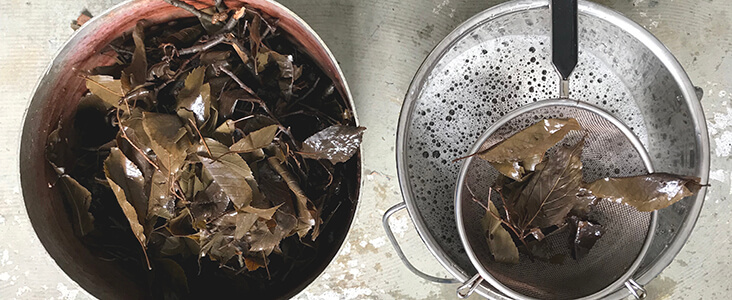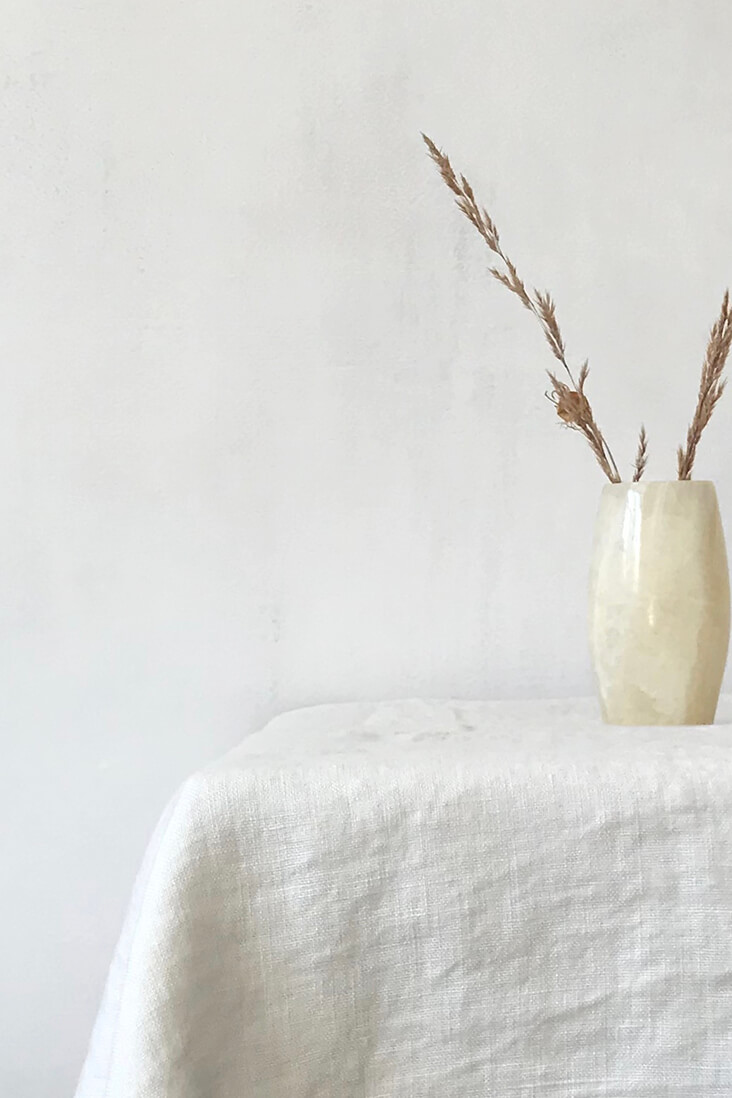 When we speak about natural dyeing, it is in reference to dyeing natural fibres of which there are two categories: Plant & Animal. Plant fibres are cellulose-based and cover anything that comes from a plant or the earth such as cotton, linen, hemp, nettle etc. Animal fibres are made of protein and include anything that comes from an animal such as wool, silk, alpaca, mohair etc. The different groups are treated differently in a few ways, firstly in how they are prepared for dye, secondly in how they are mordanted & lastly in how the dye is applied.
When we speak about natural dyeing, it is in reference to dyeing natural fibres of which there are two categories: Plant & Animal. Plant fibres are cellulose-based and cover anything that comes from a plant or the earth such as cotton, linen, hemp, nettle etc. Animal fibres are made of protein and include anything that comes from an animal such as wool, silk, alpaca, mohair etc. The different groups are treated differently in a few ways, firstly in how they are prepared for dye, secondly in how they are mordanted & lastly in how the dye is applied.
In order to get the best results possible the cloth you will be dyeing must be cleaned thoroughly by a method known as “scouring” before being added to the dye pot. Scouring is a process of removing any oils, waxes or residues from the cloth that may be naturally present, leftover from the manufacturing process or accumulated over time. In order for the cloth to take up the mordant and dye effectively, you will need to remove as much of this, often invisible, coasting from the fibres as possible. Scouring and mordanting your fabric correctly will ensure even, consistent results & stronger colour retention. Make sure you take the time to prepare your fabric properly before moving onto the dyeing part.
Scouring would traditionally have been done in large pots filled with water. The fabric would simmer in an alkaline solution to remove impurities. Once the water became murky, it would be drained off and the process repeated until the water ran clear.
To clean your fibres or fabric you will need dishwashing liquid or an eco-friendly PH neutral soap & soda crystals, often referred to as washing soda. If you cannot get your hands on soda crystals, try to find anything which contains sodium carbonate in its purest form. It is possible to purchase fabric that has been prepared for dye “PFD” or “RTD” ready to dye, which just needs to be rinsed prior to dyeing.
How to Scour Plant Fibres
Machine wash fabric on a hot wash (60-90* should work fine).
Fill a large pot 3/4 with water making sure the pot is big enough to accommodate your pieces & bring to a boil
In a separate container add 1 Tblsp. of eco-friendly soap & 1 Tblsp. of soda crystals and stir until this has dissolved
Add this to the pot, turn the heat down to a simmer, add your fabric and simmer for 2 hours.
Rinse your fabric and dry
Remember plant fibres are much hardier and more durable than animal fibres which cannot tolerate sudden changes or extreme temperatures. Due to their more delicate nature, protein fibres have to be treated more carefully than their counterparts.
How to Scour Protein Fibres
Handwash:
Fill a container (large enough to hold your items with space to move around) with cold water.
Add 1 Tblsp of eco-friendly or dish soap or for every 100 g fibre ( a pair of wool socks weighs 100g)
Soak the fabric in the soapy water overnight
Gently wash the fibre, being careful not to agitate it too much as the friction may cause it to shrink.
Rinse thoroughly & dye.
Once you have thoroughly washed your fabric you can dry & store until you are ready to dye.
Reference: https://blog.fabrics-store.com/2020/07/02/natural-dyeing-preparing-your-fabric-for-dyeing/

